Which company is best for fish farming consultant in Norway?
Starting a fish farm in Norway is complex, and you need expert guidance. Without the right help, you risk costly mistakes in a very competitive market. Finding the best consultant is key.
The best consulting company depends on your specific needs. While major producers like Mowi offer deep industry knowledge, specialized consulting firms are often better for new entrepreneurs who need tailored advice on regulations, site selection, and business planning to ensure a successful start.
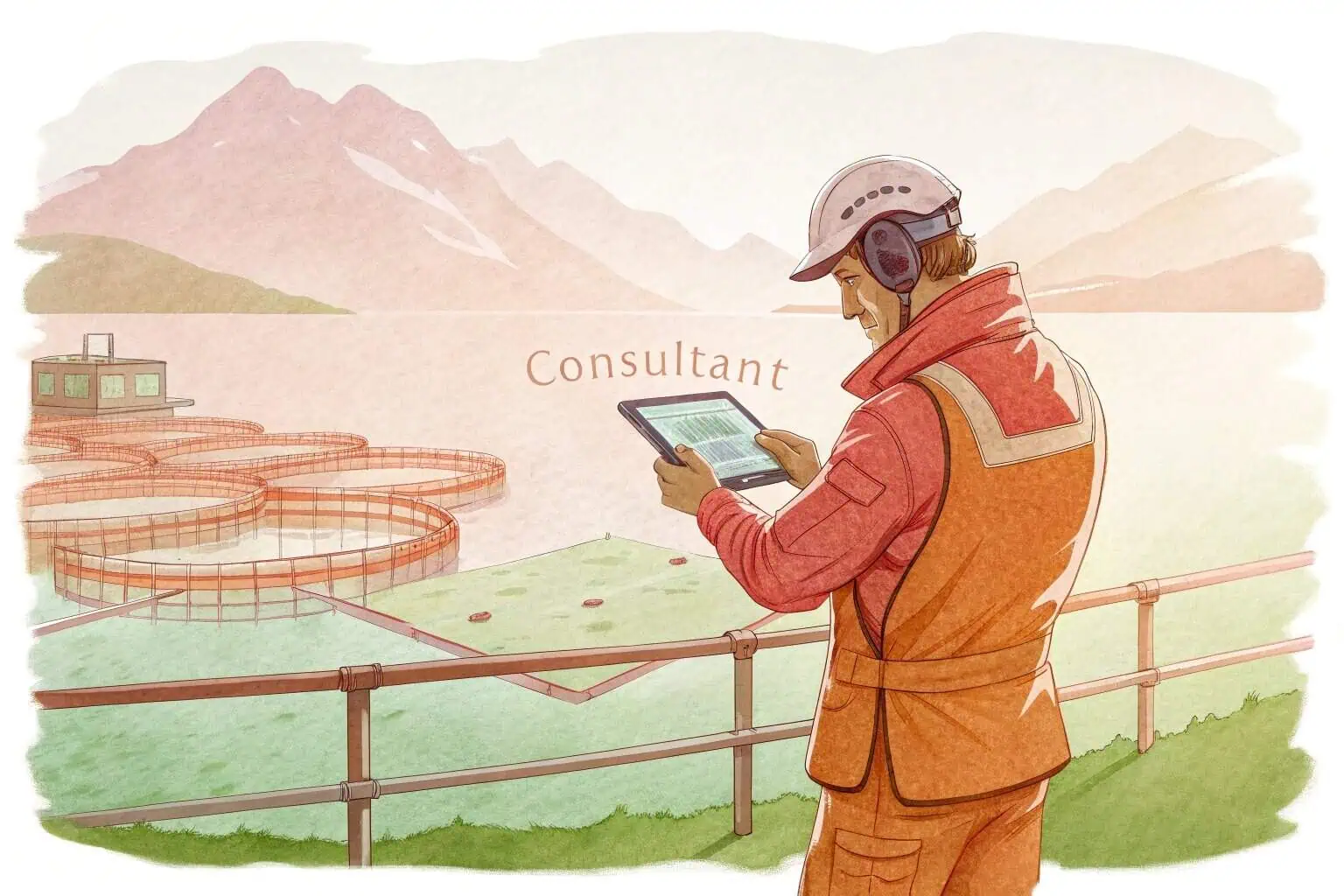
Now that you know what to look for in a consultant, it's important to understand what makes the industry tick. Let's explore the profitability of fish farming, the key companies involved, and why Norway stands out as a global leader. This will give you a solid foundation for your venture.
Which fish farming business is most profitable?
You want to invest in fish farming but are not sure which species offers the best return. Making the wrong choice could lead to lower profits and a lot of wasted effort.
Salmon farming is by far the most profitable fish farming business in Norway. This is due to high global demand, excellent infrastructure, and advanced technology. Companies that focus on Atlantic salmon usually see the highest returns on their investment.
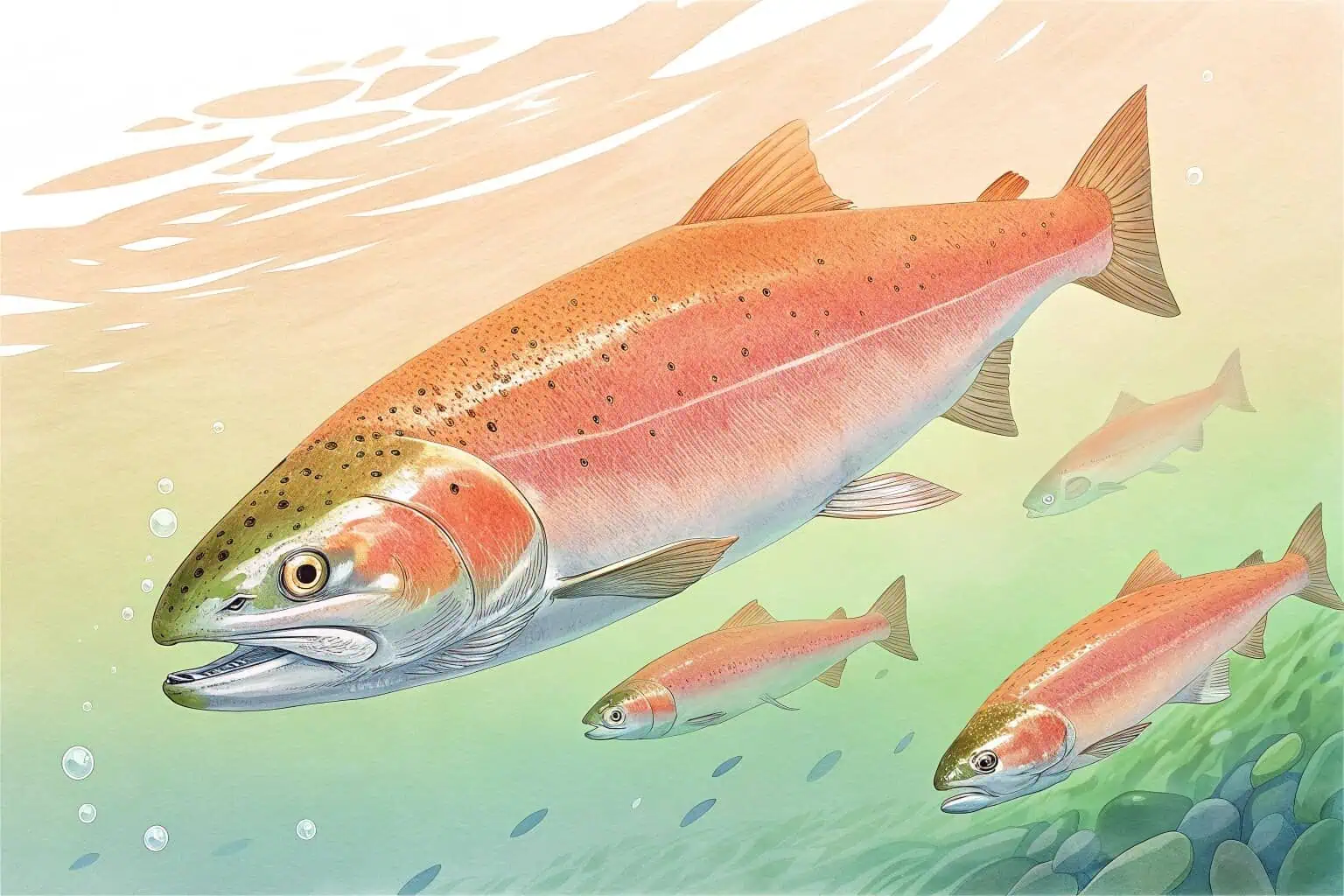
From my experience watching the global aquaculture market1, the dominance of salmon is no accident. It's a result of decades of focused effort. But profitability isn't just about choosing the right fish; it's about understanding the entire system. Several factors come together to determine how successful a fish farming business can be.
Why Salmon Dominates the Market
Atlantic salmon is the star of Norwegian aquaculture. The demand for it is consistently high all over the world, from sushi restaurants in Japan to supermarkets in the United States. This strong demand keeps prices stable and high. Norway has perfected the salmon farming process2, from breeding to harvesting. This efficiency lowers costs and increases profits. As an observer, I've been amazed by the scale and sophistication of these operations. They have created a powerful global brand around Norwegian salmon, which adds to its value.
Other Profitable Fish Species
While salmon gets most of the attention, other species are also profitable. Fjord trout3, which is similar to salmon, has a strong market, especially in Europe. It benefits from much of the same technology and infrastructure as salmon farming. Cod farming is also a growing area. Historically, cod was only caught in the wild, but farming is becoming more common. It faces more challenges than salmon farming, but the potential for high returns is there as technology improves. I believe diversification into these species could be a smart move for investors looking for new opportunities.
Key Factors That Affect Profitability
Profitability in fish farming depends on more than just the species. The scale of the operation is very important; larger farms can often produce fish at a lower cost per unit. Technology also plays a huge role. Automated feeding systems, advanced health monitoring, and sustainable practices can boost efficiency and reduce losses. Finally, market prices can change, so having a good strategy for selling the fish is crucial. The most successful companies I've seen are masters at managing these factors.
| Factor | Salmon | Trout | Cod |
|---|---|---|---|
| Global Demand4 | Very High | Moderate to High | Growing |
| Technology | Highly Advanced | Advanced | Developing |
| Profit Margin5 | High | Good | Variable, but with high potential |
| Challenges | Sea lice, disease management | Market competition with salmon | High startup costs, technical hurdles |
Which companies farm salmon in Norway?
You hear about Norway's huge salmon industry but don't know the main players. This makes it hard to understand the market, find partners, or see who your competition might be.
The Norwegian salmon market is led by a few large companies. Mowi is the world's biggest producer of Atlantic salmon. Other major players include SalMar, Grieg Seafood, and Lerøy Seafood Group, who together shape the entire industry.
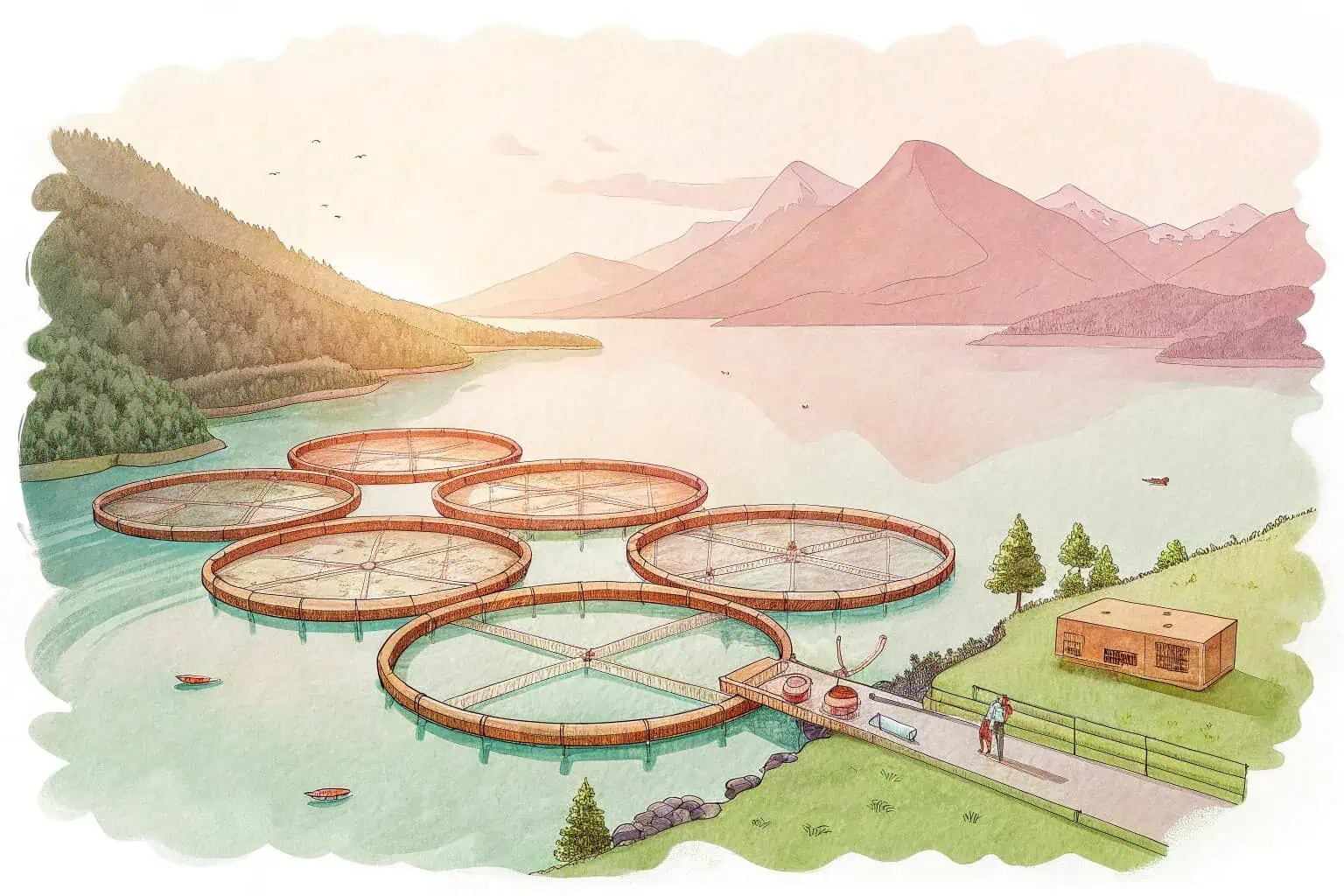
I've followed these companies for years, and their impact on the industry is incredible. They are not just farming fish; they are pushing the boundaries of technology, sustainability6, and global food production. Their success has cemented Norway's position as the leader in aquaculture. Understanding what each of these companies brings to the table is essential for anyone looking to enter this market.
Mowi: The Global Leader
Mowi is a giant in the industry. They are involved in every part of the process, from producing their own fish feed to processing and selling the final product. This gives them amazing control over quality and costs. I've seen how their large scale allows them to invest heavily in research and development7, which helps them solve big challenges like sea lice. Their global reach means they can supply salmon to markets all over the world, making them a very powerful player.
SalMar: The Innovator
SalMar is known for its focus on innovation, especially in offshore farming. They are developing massive ocean-based fish farms that are located further from the coast. This approach aims to provide the fish with a more natural environment and reduce the environmental impact on the fjords. I find their vision for the future of fish farming very exciting. They are taking big risks to create a more sustainable and productive industry8, and it seems to be paying off.
Grieg Seafood & Lerøy: Key Market Shapers
Grieg Seafood and Lerøy Seafood Group are also huge forces in the market. Grieg has a strong focus on sustainability and is very transparent about its operations. Lerøy is a fully integrated company that is also a major player in the wild-catch industry, which gives them a unique position. Together, these companies create a competitive and dynamic market. They push each other to be better, which benefits the entire industry.
| Company | Key Characteristic | Annual Production (Approx.) | Market Focus |
|---|---|---|---|
| Mowi | World's largest producer, fully integrated9 | Over 450,000 tonnes | Global (Europe, Americas, Asia) |
| SalMar | Leader in offshore farming innovation | Over 170,000 tonnes | Europe and Asia |
| Grieg Seafood | Strong focus on sustainability10 | Over 100,000 tonnes | Europe and North America |
| Lerøy Seafood | Integrated seafood supplier (wild & farmed) | Over 170,000 tonnes | Global, with strong distribution network |
Which country is best for fish farming?
You are looking for the perfect place to start your fish farming business. Choosing the wrong country can lead to regulatory problems, environmental issues, and limited chances for growth.
Norway is widely seen as one of the best countries for fish farming, especially for salmon. Its cold, clear waters, strong government support, advanced technology, and strict environmental rules create the perfect ecosystem for sustainable and profitable aquaculture.
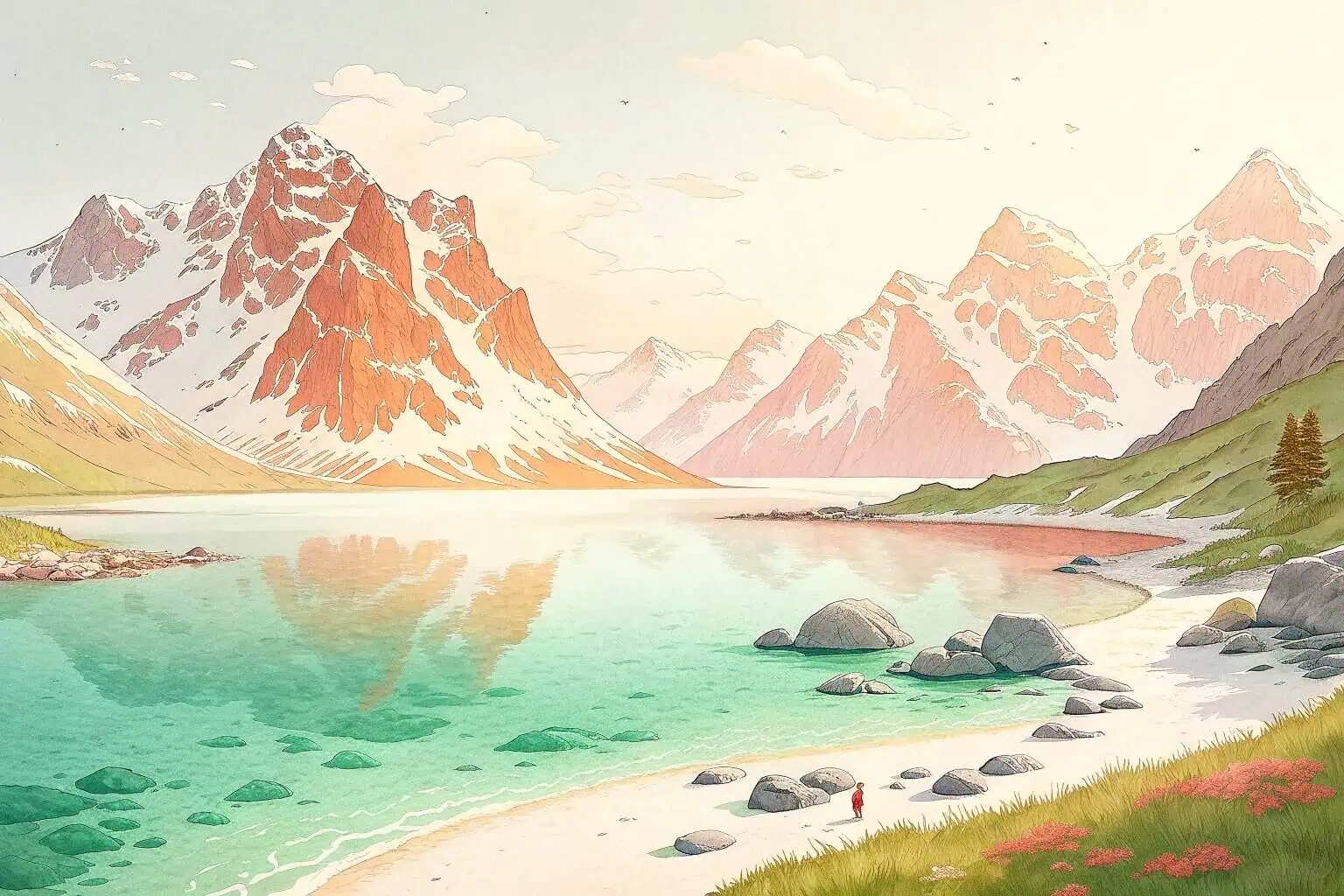
Having observed aquaculture industries around the world, I can say with confidence that Norway's approach is truly world-class. The combination of natural advantages and human ingenuity has created a model that many other countries try to follow. It's this commitment to excellence that makes it such an attractive place for investors and entrepreneurs in the fish farming sector11.
Norway's Natural Advantages
Norway's long coastline is filled with deep, cold, and clear fjords. These waters are perfect for raising Atlantic salmon12, as they provide a stable and clean environment where the fish can thrive. The cold temperatures slow the growth of harmful bacteria and parasites, which helps keep the fish healthy. I've seen these pristine environments firsthand, and it's clear why they provide such a great foundation for high-quality seafood. This natural gift is the starting point of Norway's success.
Technological and Regulatory Edge
Norway is a global leader in aquaculture technology. From automated feeding systems to advanced underwater cameras for monitoring fish health, Norwegian companies are always innovating. The government also plays a key role. It has created a strong regulatory framework13 that ensures the industry is sustainable. The rules are strict, but they also provide a clear and predictable environment for businesses to operate in. This support helps reduce risk for investors.
How Other Countries Compare
Other countries are also major players in fish farming. Chile is the world's second-largest salmon producer, but it has faced more challenges with disease and environmental regulations. Scotland also has a strong salmon farming industry, but it is much smaller than Norway's. While these countries are important, Norway's combination of ideal natural conditions, advanced technology, and strong governance gives it a unique advantage. It has set the global standard for sustainable and profitable fish farming14.
| Country | Key Advantage | Key Challenge |
|---|---|---|
| Norway | Ideal environment, advanced tech15, strong regulation | High labor costs, strict environmental rules |
| Chile | Lower production costs | Disease outbreaks, environmental concerns |
| Scotland | Strong brand and high-quality product | Limited room for expansion, sea lice |
Does Norway have a fishing industry?
People often mix up wild-catch fishing and fish farming. You might think Norway's focus on aquaculture has replaced its traditional fishing industry, causing you to miss other opportunities.
Yes, Norway has a very large and important fishing industry that exists alongside its world-leading aquaculture sector. The wild-catch industry, which focuses on species like cod, herring, and mackerel, is a vital part of its economy and heritage.
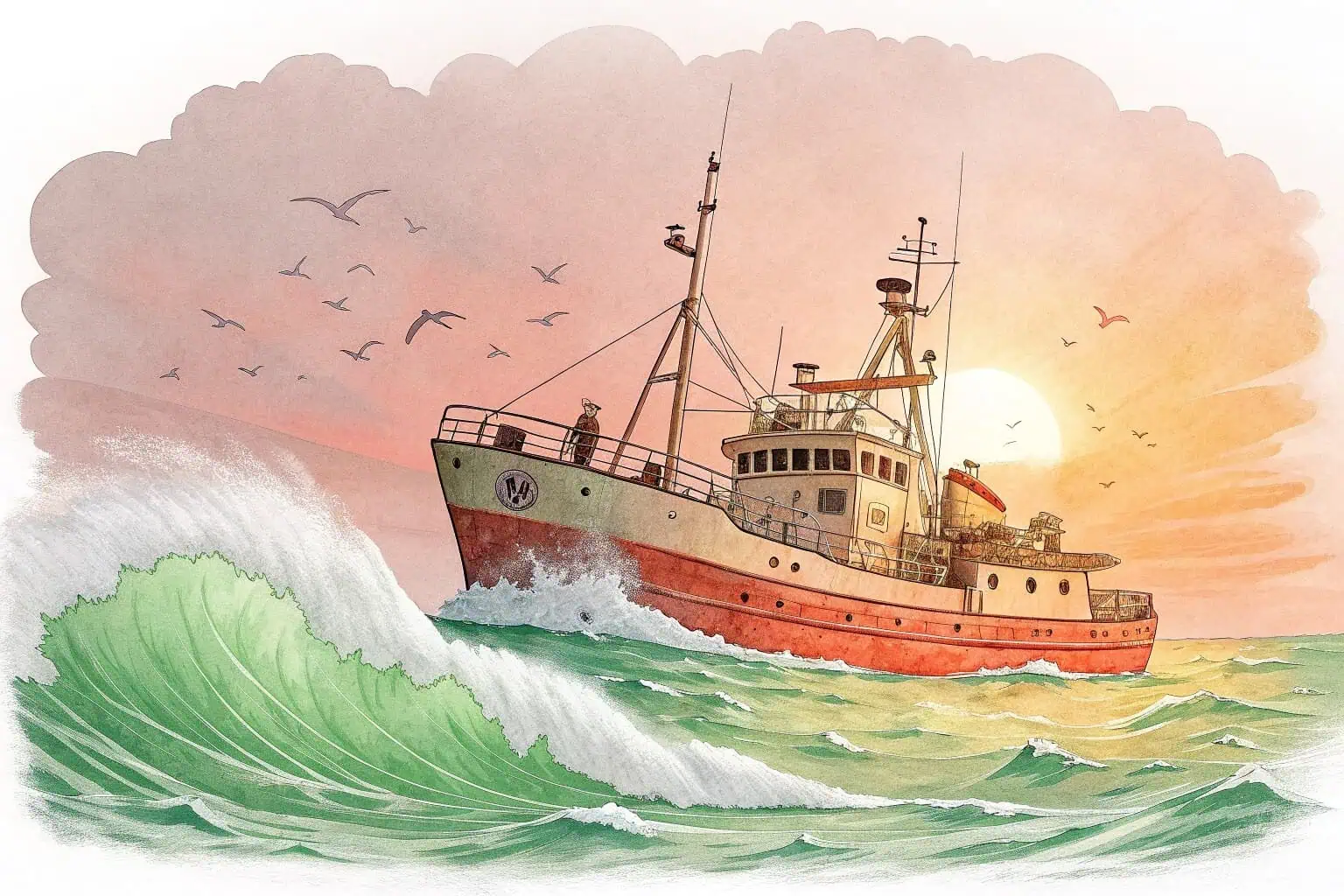
From my perspective, it's fascinating to see how these two powerful industries coexist and even support each other. The traditional fishing industry16 has been the backbone of coastal communities for centuries, and it continues to be a major economic force. It provides a different set of opportunities compared to aquaculture, but it is just as important to Norway's identity as a seafood nation.
Aquaculture vs. Wild-Catch: Two Pillars
Aquaculture and wild-catch fishing17 are the two pillars of Norway's seafood economy. Aquaculture, led by salmon farming, is a high-tech industry focused on controlled production. Wild-catch fishing, on the other hand, involves harvesting fish from their natural ocean habitat. Both are massive industries. Together, they make Norway one of the largest seafood exporters in the world. I believe the balance between these two sectors is a key part of Norway's strength.
Key Species in Norway's Wild-Catch Fishery
The most important species in Norway's wild-catch industry is Northeast Arctic cod18, often called skrei. It is famous for its quality and is a major export. Herring and mackerel are also caught in huge quantities and are very important for the economy. These fisheries are managed carefully to ensure they are sustainable, with strict quotas to prevent overfishing. This focus on sustainability protects the fish stocks for future generations.
The Synergy Between Both Industries
There is a strong connection between the fishing and aquaculture industries. The knowledge gained from centuries of wild-catch fishing has helped inform the aquaculture sector. For example, understanding fish biology and ocean conditions is crucial for both. Furthermore, many companies, like Lerøy Seafood, are involved in both industries. This allows them to offer a wider range of products and manage risks more effectively. This synergy makes Norway's seafood sector incredibly resilient and competitive.
| Sector | Top 3 Species | Primary Market | Key Characteristic |
|---|---|---|---|
| Aquaculture | Salmon, Trout, Halibut | Global Export19 | Controlled, high-tech20 |
| Wild-Catch | Cod, Herring, Mackerel | Global Export | Traditional, quota-based |
Conclusion
Norway offers unmatched opportunities in fish farming, led by its highly profitable salmon sector. With the right guidance and a clear understanding of the market, you can succeed here.
-
Exploring this link will provide insights into current trends and future projections in the aquaculture industry. ↩
-
Discover the intricacies of the salmon farming process in Norway, which contributes to its reputation for quality and sustainability. ↩
-
Explore this link to understand the advantages and market potential of Fjord trout, a profitable alternative to salmon. ↩
-
Understanding global seafood demand can help you grasp market trends and opportunities. ↩
-
Exploring profit margins in seafood can provide insights into potential investment returns. ↩
-
Exploring this link will provide insights into sustainable practices that are crucial for the future of aquaculture. ↩
-
Exploring this link will provide insights into innovative practices that can enhance aquaculture efficiency and sustainability. ↩
-
This resource will offer valuable information on practices and technologies that contribute to sustainability in the aquaculture sector. ↩
-
Explore insights on how being the largest producer impacts market dynamics and sustainability. ↩
-
Learn about the advantages of sustainability in seafood production and its impact on consumer trust. ↩
-
This resource will offer valuable information on current trends and innovations in fish farming, essential for investors and entrepreneurs. ↩
-
Discover how Norway's unique environment contributes to the quality and health of Atlantic salmon, a key player in the seafood industry. ↩
-
Understanding the impact of regulatory frameworks can help investors and businesses navigate the aquaculture sector effectively. ↩
-
Explore this link to learn about innovative techniques and strategies that can enhance fish farming sustainability and profitability. ↩
-
Explore how advanced tech in Norway enhances productivity and innovation, making it a leader in various industries. ↩
-
Explore this link to understand how the traditional fishing industry shapes economies and cultures in coastal areas. ↩
-
Discover insights on the significance of wild-catch fishing in Norway and its role in sustainable seafood practices. ↩
-
Discover the significance of Northeast Arctic cod in Norway's economy and its role in sustainable fishing practices. ↩
-
Exploring this link will provide insights into the economic advantages and market dynamics of global export in seafood. ↩
-
This resource will help you understand the innovations in aquaculture that enhance sustainability and efficiency. ↩